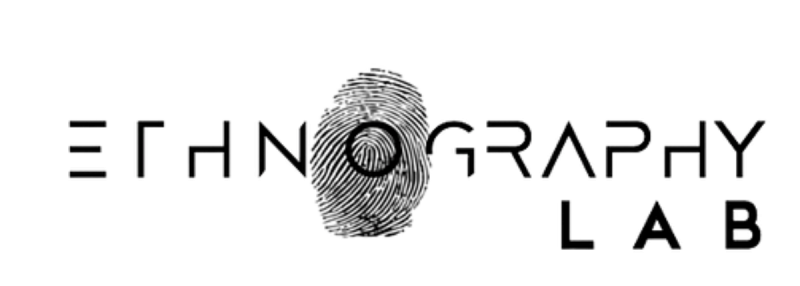Doing Ethnography in the Pandemic
DUEL Story 4

Thumbnail and content gallery images: "University of Denver" by AAUP is licensed under CC BY-NC-SA 2.0
The pandemic has brought many challenges and feelings of uncertainty for educators and students, but it also has offered an opportunity for people to get creative with the resources that are available to them. Due to the pandemic, researchers have had to adapt to new strategies for continuing their research to accommodate for social distancing measures, such as taking advantage of online modalities. On November 18, 2020, faculty members at the University of Denver gathered remotely to discuss how the pandemic has impacted their ethnographic research and the research of their students, as well as how it has brought about unexpected opportunities.
Event speaker Kamila Kinyon started this virtual meeting by introducing the faculty members present, and she acted as a facilitator for the discussion. Cultural anthropologist, Kelly Fayard, began the conversation by explaining how she has found that scheduling appointments during this time has been easier as people are working from home and not commuting as they normally would. Fayard also discussed how some of the students she has worked with have had to adjust their master’s theses projects, such as by constructing and incorporating surveys as a method to collect data rather than relying on interview data. Visual ethnographer Esteban Gomez mentioned that he also witnessed students who have had to alter their research projects. Gomez explained that he has seen students ultimately benefit from the experience of reshaping their projects because they were given an opportunity to engage with quantitative methods that they may not have otherwise utilized.
Another benefit resulting from the pandemic that Gomez mentioned is the use of virtual space by museum practitioners. Gomez described how museums have been providing virtual gallery tours and have redesigned their websites to be more user friendly, which has allowed for the public to better navigate virtual space. Erika Polson, an ethnographic researcher in media studies, agreed with Gomez and said that this is an opportunity for people to observe how the field is rapidly transitioning due to the pandemic. She further explained how the pandemic is providing new virtual sites to explore. Within her own research, Polson looks to virtual place making, and with the onset of the pandemic, her research has been further validated as people begin to conceptualize that the online world is a real place.
In addition to describing their research experiences, Kinyon asked the faculty members to offer advice to those who are conducting ethnographic research during this unprecedented time. Polson advised that researchers who are doing smaller projects find a balance between easily accessible groups of people and separating the self to find what is strange. Kelly Fayard suggested that students utilize social media platforms such as TikTok, Facebook, and Tumblr to find online communities that have been built throughout the pandemic. Lastly, Gomez echoed what Polson and Fayard proposed, and he suggested that students actively incorporate new ways of viewing their environment through various lenses to interrogate that environment.
Adapting to unprecedented circumstances is never easy, but even in unprecedented times, the research must go on. Although social distancing measures have helped to reduce the number of COVID-19 cases, they have also impacted the way in which ethnographic research is conducted. The pandemic has undoubtedly interrupted the research process of DU staff and students, but it has also introduced new opportunities to conduct research and connect with others. This conversation among faculty showed how we at DU took the challenges brought on by the pandemic and found ways to continue the facilitation of growth within research and academia. View the video conversation.


